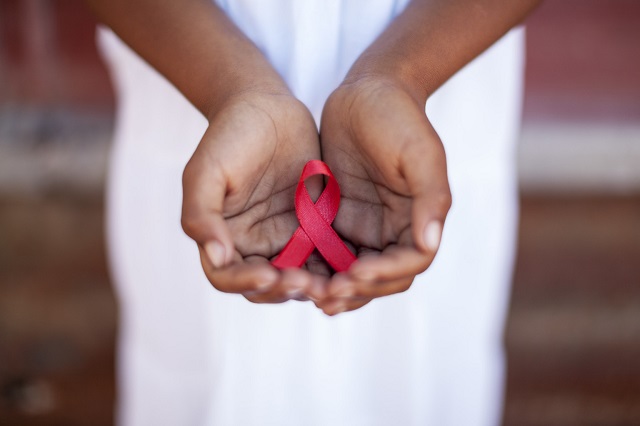Source – https://www.thehindu.com/
There is a reduction in new HIV infections among children and in AIDS-related deaths in India
In this challenging moment when we are confronted with one of the biggest health emergencies in our history, the COVID-19 pandemic, we find our strength in the gains we are making despite this disruption.
Steps forward
The newly released 2019 HIV estimates by the National AIDS Control Organization (NACO)/Ministry of Health and Family Welfare with the technical support of UNAIDS tell us that there has been a 66.1% reduction in new HIV infections among children and a 65.3% reduction in AIDS-related deaths in India over a nine-year period. The number of pregnant women living with HIV has reduced from 31,000 in 2010 to 20,000 in 2019. Overall, antenatal coverage has expanded, and HIV testing has increased over time and within target range. Treatment coverage has also expanded.
Under the leadership of NACO, a ‘Fast-Tracking of EMTCT (elimination of mother-to-child transmission) strategy-cum-action plan’ was outlined by June 2019, in the run-up towards December 2020: the deadline to achieve EMTCT. The plan entailed mobilisation and reinforcement of all national, State and partners’ collective efforts — in a strategic manner, with district-level focus, and considering latest evidence — so that the States/Union Territories and the country as a whole achieve the EMTCT goal. Additionally, in March 2020, we began efforts to minimise challenges posed by the COVID-19 pandemic.
From 2010 to 2019, India made important progress in reducing the HIV impact on children through prevention of mother-to-child transmission of HIV. This was done through education and communication programmes; increased access to HIV services with innovative delivery mechanisms for HIV testing (community-based testing, partner testing or index testing); counselling and care; and treatment and follow-ups. India made HIV testing for all pregnant women free and HIV treatment is offered the same way nationwide without cost to pregnant mothers living with HIV through the national ‘treat all’ policy.
Cognisant of the challenge of diagnosing 20,000 pregnant women living with HIV in an estimated 30 million pregnancies annually in India, for two years UNICEF has worked with the World Health Organization and NACO to identify high burden districts (in terms of density of pregnant women living with HIV) as the last mile towards disease elimination.
Since 2002, when the EMTCT of HIV programmes or prevention of parent-to-child transmission of HIV were launched in India, a series of policy, programmatic and implementation strategies were rolled out so that all pregnant women can access free HIV testing along with other services at antenatal clinics, and free treatment regimens for life to prevent HIV transmission from mothers to babies. This has been made possible in government health centres and grass-root level workers through village health and nutrition days and other grass-roots events under the National Health Mission.
Indeed, the approach being promoted by UNICEF in focusing attention and resources in high burden districts is supported by the HIV strategic information division of NACO and UNAIDS to better understand the locations and populations most HIV affected, so that technical support and HIV services can be directed towards these areas.
Still a long way to go
However, there remains a need for increased treatment saturation coverage and for early HIV testing and treatment initiation to become the normal. While periodic monitoring of the data and reviews are the mainstay of the programme response, by 2019 it was very evident to all the stakeholders that while there are successes, we have a long way to go towards the final targets.
Using data-driven and decision-making approaches, we are certain that AIDS will no longer be a public health threat for children in India by the end 2030, if not before.
Bilali Camara is UNAIDS Country Director for India
